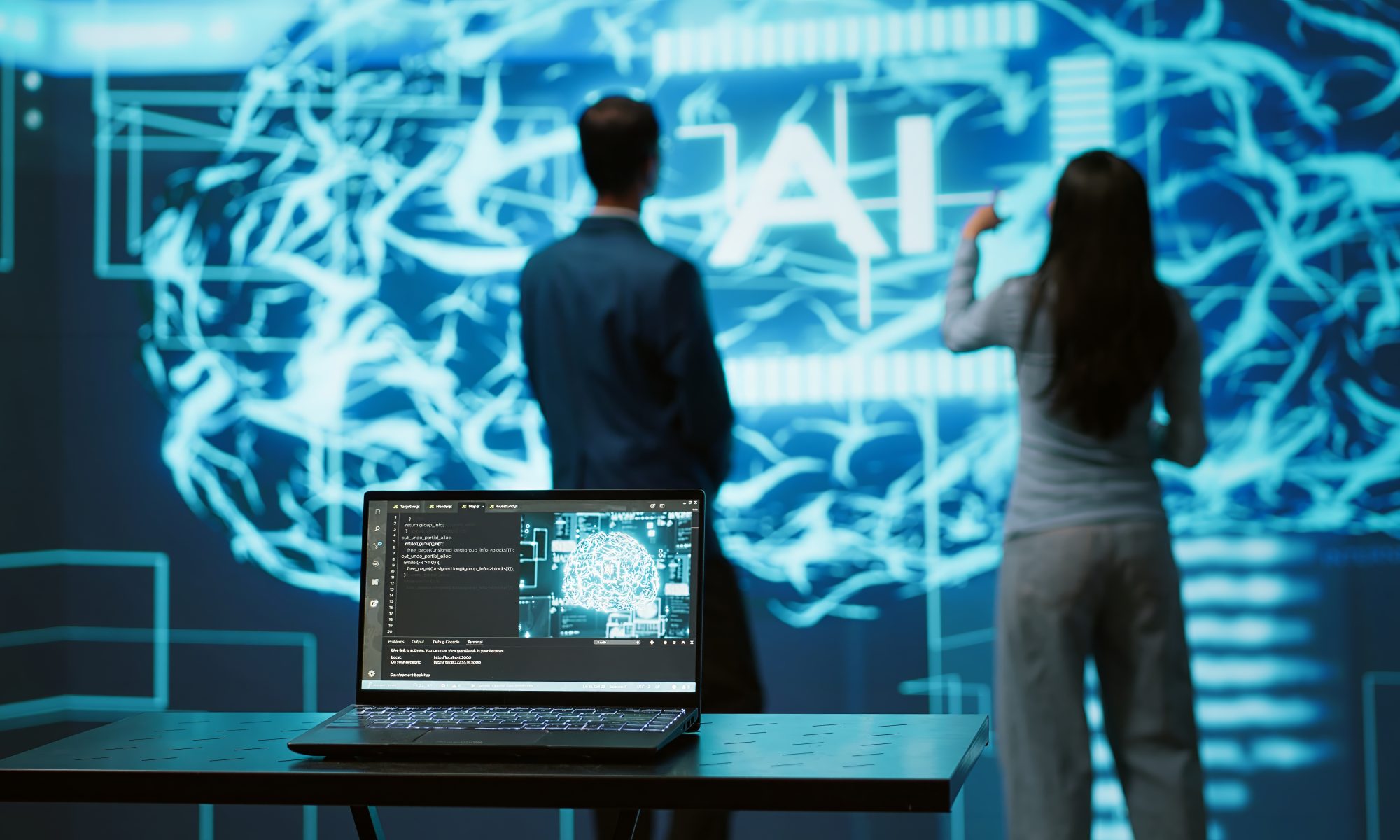An AI development company in Berlin isn’t just keeping up—they’re setting the pace for innovation across all kinds of industries. Right now, Berlin businesses are leaning into artificial intelligence more than ever. They’re using it to work smarter, make better decisions, and boost the customer experience. If you want to stay ahead in this fast-moving tech world, you’ve got to keep up with the latest trends in AI development.
- AI-Powered Predictive Analytics
Berlin companies are turning to AI for predictive analytics. They want to get ahead of what customers need, fine-tune their operations, and cut down on risks. With the right AI development partner in Berlin, businesses can turn their data into smart, practical insights. That means better decisions, faster.
Learn Predictive Analytics in Salesforce: How Melbourne Companies Forecast Success
- AI-Driven Automation
Automation isn’t just a buzzword anymore—it’s the way Berlin companies are getting repetitive work off their plates. Whether it’s managing their supply chain or handling customer support, AI development companies in Berlin are building tools that save time, cut costs, and get the details right.
- Natural Language Processing (NLP) for Customer Experience
NLP is changing the way companies talk to their customers. AI lets businesses really understand what people are asking and respond quickly. The top AI developers in Berlin know how to use NLP to make customer interactions smoother and more satisfying.
Link to How AI Is Revolutionizing Customer Experience for Parisian Companies
- AI in Cybersecurity
Cyber threats keep getting smarter, but so do AI-powered security systems. Berlin’s AI developers are putting systems in place that spot and stop attacks as they happen. With these tools, companies can keep their data safe and stay on the right side of regulations.
- Edge AI and IoT Integration
When you mix edge AI with IoT devices, you get data processed right on the spot—no waiting around. This means less lag and more efficient operations. AI developers in Berlin are making factories, logistics, and even city infrastructure smarter and faster.
- Ethical AI and Responsible Development
As more companies jump into AI, doing it responsibly matters. Berlin’s AI companies take this seriously. They focus on transparency, fighting bias, and keeping data private.
Conclusion
To get ahead with AI, you need to know what’s next. Berlin businesses that tap into these AI development trends, work with the right local experts, and keep ethics front and center are set to lead in 2025 and beyond.
Link to https://www.winklix.com/blog/ai-development-company-in-berlin-5/
FAQs
Q1: Why hire an AI development company in Berlin?
A: Berlin’s AI companies have the know-how and tools to help you put AI to work, so you can stay ahead of the competition.
Q2: What AI services do Berlin companies offer?
A: You’ll find predictive analytics, NLP, automation, AI-powered cybersecurity, IoT integration, and help with ethical AI.
Q3: How do AI developers in Berlin boost business performance?
A: They build smart systems that streamline your workflows, improve how you connect with customers, and turn your data into real results.




